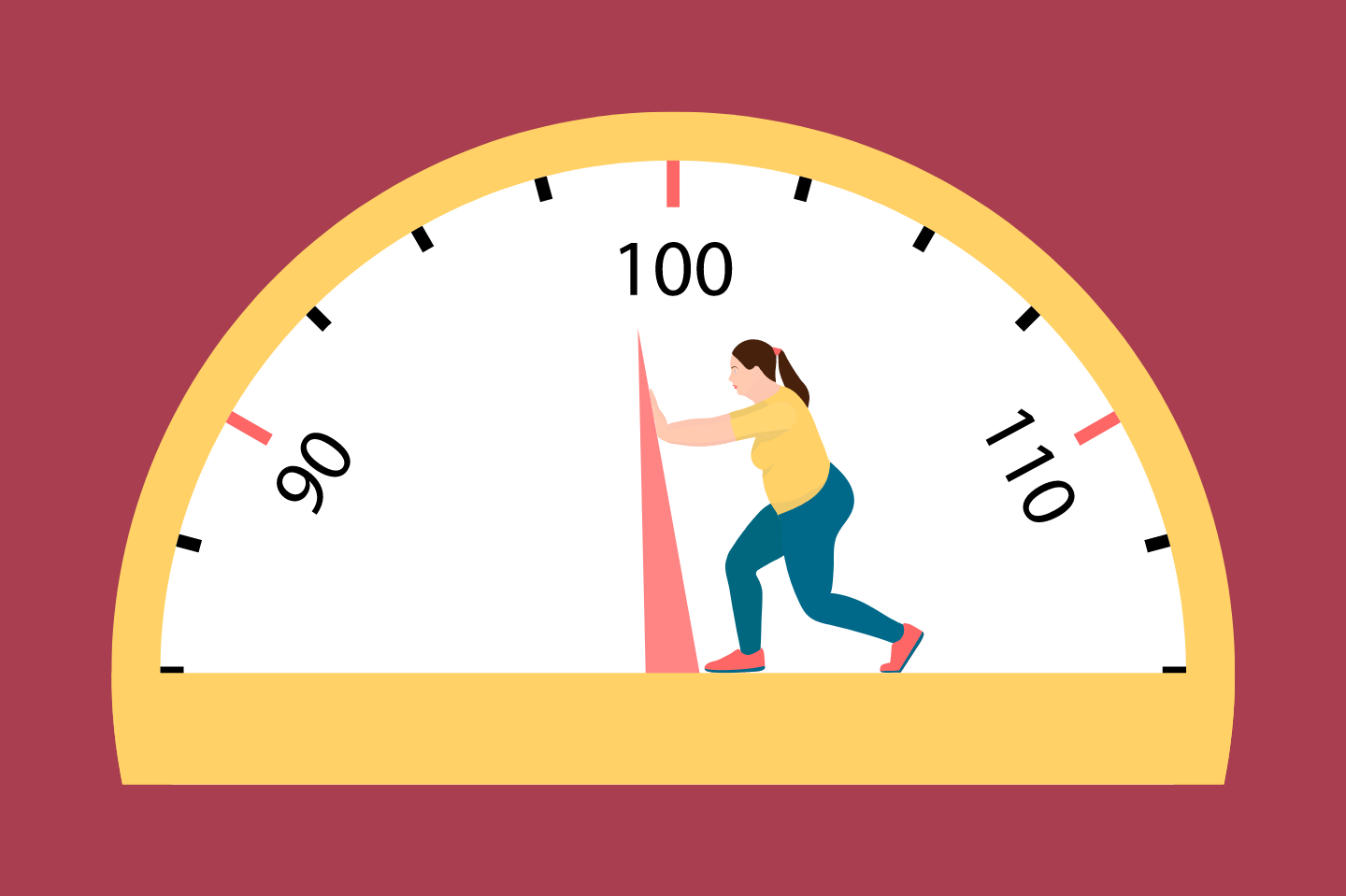
Losing 100 pounds is no small feat. It requires dedication, perseverance, and a strategic approach. But with the right guidance and support, you can achieve your weight loss goals and transform your life.
This comprehensive guide offers ten expert-backed strategies to help you navigate your weight loss journey safely and sustainably. Whether you’re just starting out or looking to break through a plateau, these tips will empower you to reach your full potential.
Conquer the 100-Pound Challenge: Your Step-by-Step Guide

Understanding Your Goals
Before we dive into specific tips, let’s clarify your goals:
- Timeframe: How quickly do you aim to lose 100 pounds?
- Current lifestyle: What is your current diet and exercise routine like?
- Health conditions: Are there any health issues or limitations to consider?
Having a clear understanding of your starting point will help tailor the plan to your specific needs.
You may also like:
- How to Lose 30 Pounds In a Month: 12 Simple Steps, Backed by Science
- How to Lose 20 Pounds In a Month: 8 Science-Backed Steps
Unpacking the 10 Tips for Lasting Weight Loss
1. Prioritize Protein: Your Body’s Building Blocks
- Why protein? It boosts metabolism, curbs cravings, and preserves muscle mass during weight loss.
- Lean protein sources: Chicken, fish, tofu, beans, lentils, and Greek yogurt.
- How much? Aim for 30-35 grams per meal.
2. Embrace Whole Foods: Nourishing Your Body
- Focus on variety: Incorporate a rainbow of fruits, vegetables, whole grains, and healthy fats.
- Limit processed foods: These often contain hidden sugars, unhealthy fats, and excessive sodium.
- Read food labels: Understand what you’re consuming and make informed choices.
3. Master Portion Control:
- Use smaller plates: This can help reduce calorie intake visually.
- Be mindful of serving sizes: Use measuring cups and spoons to gauge portion sizes.
- Listen to your body: Pay attention to hunger and fullness cues.
4. Quench Your Thirst:
- Drink plenty of water: Aim for at least 8 glasses per day.
- Limit sugary drinks: These can contribute to weight gain and other health issues.
- Explore infused water: Add fruits or herbs to your water for flavor.
5. Move Your Body:
- Combine cardio and strength training: Aim for a balance of both.
- Find activities you enjoy: This will make exercise more sustainable.
- Incorporate exercise into your daily routine: Take breaks to move, use stairs instead of elevators, and go for walks.
6. Prioritize Sleep:
- Aim for 7-9 hours of quality sleep: This helps regulate hormones that control hunger and fullness.
- Create a relaxing bedtime routine: Establish a calming pre-sleep ritual.
- Optimize your sleep environment: Make sure your bedroom is dark, quiet, and cool.
7. Mindful Eating:
- Eat slowly and savor your food: This helps you enjoy your meals more and promotes better digestion.
- Practice mindful eating techniques: Focus on the taste, texture, and smell of your food.
- Avoid distractions: Turn off screens while eating to fully engage with your meal.
8. Seek Support:
- Join a weight loss group: Connect with others who share your goals.
- Find a workout buddy: Make exercise more enjoyable and accountable.
- Consider professional help: A registered dietitian or personal trainer can provide guidance.
9. Track Your Progress:
- Monitor your weight, measurements, and food intake: Use a journal or app to track your progress.
- Celebrate non-scale victories: Focus on improvements in energy, mood, and fitness.
- Adjust your plan as needed: Be flexible and willing to make changes.
10. Manage Stress:
- Practice relaxation techniques: Meditation, yoga, and deep breathing can help.
- Time management: Prioritize tasks and avoid overcommitting.
- Self-care: Make time for activities you enjoy.
Remember: Sustainable weight loss is a journey, not a sprint. Be patient, persistent, and kind to yourself. Focus on progress, not perfection.
Let’s Deep Dive into Meal Planning and Exercise
Meal Planning for Weight Loss
Creating a structured meal plan is crucial for successful weight loss. By planning your meals in advance, you’re more likely to make healthier choices and avoid impulsive decisions.
Here are some tips for effective meal planning:
- Incorporate a variety of foods: Ensure you’re getting a balance of proteins, carbohydrates, and healthy fats.
- Prepare meals in advance: Cooking large batches of food can save time and effort.
- Pack healthy snacks: Avoid unhealthy temptations by having nutritious snacks on hand.
- Be flexible: Allow for adjustments based on your appetite and cravings.
Sample Meal Plan:
- Breakfast: Greek yogurt with berries and nuts, or whole-grain toast with avocado and a fried egg.
- Lunch: Leftover chicken or fish with a side salad and whole-grain bread.
- Dinner: Grilled salmon with roasted vegetables or lentil soup and whole-grain bread.
- Snacks: Fruits, vegetables, nuts, seeds, or hard-boiled eggs.
Exercise: The Cornerstone of Weight Loss
Regular physical activity is essential for weight loss and overall health. Aim for a combination of cardio and strength training to maximize results.
- Cardiovascular exercise: Brisk walking, running, swimming, cycling, or dancing.
- Strength training: Bodyweight exercises, resistance bands, or weights.
Exercise tips:
- Find activities you enjoy: This will make it easier to stick with your workout routine.
- Set realistic goals: Start with achievable targets and gradually increase intensity.
- Vary your workouts: Prevent boredom and plateaus by trying new activities.
- Incorporate exercise into your daily life: Take the stairs, walk during your lunch break, or park farther away from your destination.
You may also like:


